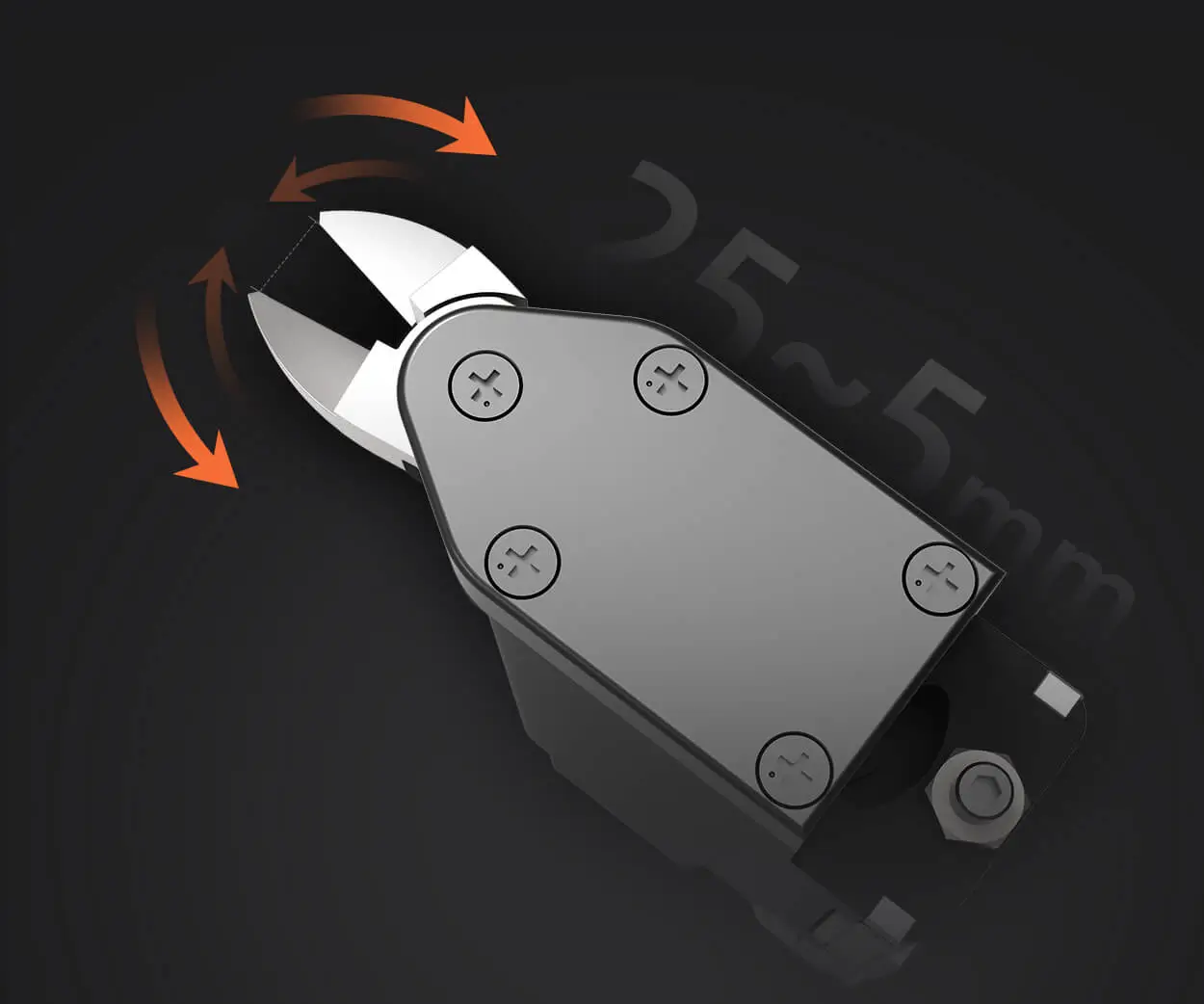Unlocking the Power of Gear Motors: What Are They Used For?
In the bustling world of modern machinery and automation, gear motors quietly yet powerfully anchor many of the innovations we rely on daily. From the conveyor belts in a supermarket to the precise movements of robotic arms in factories, gear motors are the unseen heroes that transform electrical energy into mechanical power with finesse and reliability. But what exactly are gear motors, and what are they used for? Let’s delve into this fascinating component that bridges the gap between raw energy and purposeful movement.

Understanding Gear Motors
At their core, gear motors are a combination of an electric motor and a gear train. The electric motor provides the initial rotational force, or torque, while the gear train adjusts the speed and torque to fit specific needs. This integration allows for a controlled, efficient transfer of power, making gear motors ideal for applications that demand precise movement, high torque, or both.
The electric motor component is generally a small electric motor that can be either AC (alternating current) or DC (direct current). The gear train, composed of gears of different sizes and configurations, modifies the motor's output, reducing rotational speed while increasing torque—or vice versa—depending on what the application requires.
What makes gear motors especially appealing is their ability to deliver high torque at low speeds, a feature that naked electric motors alone struggle with. This capability is crucial in many industries where heavy lifting, slow and precise positioning, or sustained force needs to be applied.
Components of a Gear Motor
Electric Motor: The heart of the gear motor, providing rotational force. Gear Train: Consisting of gears such as spur, worm, or planetary gears, forming the transmission system. Housing: Encases the components, protecting them from dirt, dust, and damage, and often providing lubrication. Motor Controller (Optional): Allows for variable speed and direction control, adding another layer of versatility.
Types of Gear Motors
Gear motors come in various types, classified based on the gear mechanism used:
Worm Gear Motors: Known for their self-locking capabilities. They are used in applications requiring position hold without power. Spur Gear Motors: Simple and efficient, ideal for applications needing moderate torque and speed. Planetary Gear Motors: Offer high efficiency and compact size, often used where space is limited but high torque is needed.
Why Use a Gear Motor?
The main advantages lie in their efficiency, versatility, and ability to produce controlled movement:
High Torque at Low Speeds: Perfect for lifting, pushing, or turning heavy loads slowly and steadily. Adjustable Speed and Direction: With a compatible controller, gear motors can operate at various speeds and reverse direction seamlessly. Durability and Reliability: Designed to withstand demanding tasks, they are essential in safety-critical or high-duty-cycle operations. Compact Design: Combining motor and gears into a single unit saves space.
Common Applications Across Industries
Now that we understand their mechanics, it’s easy to see why gear motors are ubiquitous. Their applications span across multiple sectors, each leveraging specific characteristics of these versatile devices.
1. Industrial Manufacturing
In manufacturing plants, gear motors drive conveyor belts, assembly lines, and robotic equipment. Their ability to produce high torque ensures heavy loads can be moved smoothly and controlled precisely. For example, in automotive assembly lines, gear motors power robotic arms that perform welding, painting, and assembling tasks with pinpoint accuracy.
2. Robotics
Robots require exact control over their movements, and gear motors fit this need perfectly. Whether it's a robotic arm reaching out to pick up an object or a drone adjusting its position mid-flight, gear motors provide the reliable torque and speed modulation needed. The compactness of planetary gear motors makes them suitable for small robotic joints, where space is limited, but strength is required.
3. Elevator and Lifting Equipment
In elevators, gear motors powered by worm gears often serve as the critical component for lifting heavy cabins. Their self-locking feature prevents unintended movement, adding an extra layer of safety. Similarly, in cranes and hoists, gear motors facilitate slow, controlled lifting, enabling stable and secure operation.
4. Home Automation and Appliances
Gear motors are popular in consumer products like automatic doors, washing machines, and smart blinds. In automatic doors, gear motors control opening/closing speed, ensuring smooth operation. Washing machines use gear motors for drum rotation at various speeds, accommodating different wash cycles.
5. Transportation
From electric bicycles to golf carts, gear motors contribute significantly to propulsion systems. Their ability to deliver high torque at low speeds makes them ideal for motorized vehicles that require controlled acceleration and torque assistance.
6. Medical Equipment
Precision and reliability are vital in medical devices. Gear motors power hospital beds’ positioning systems, surgical robots, and diagnostic machinery, providing smooth, controlled movements.
7. Agriculture
In farming machinery, gear motors help operate irrigation equipment, seed planters, and automated feeders. Their robust design ensures longevity even in harsh outdoor conditions.
The Role of Gear Motors in Modern Innovation
With technological progress pushing the boundaries of automation, robotics, and smart machinery, gear motors are continually evolving. Advances such as brushless motor integrations, smart control systems, and gear designs optimized for efficiency are expanding the horizons of what these devices can achieve.
Today, the integration of sensors with gear motors enables real-time feedback, enhancing precision and responsiveness. In the near future, gear motors will be even more vital in developing autonomous systems, eco-friendly transportation, and intricate manufacturing processes. They essentially serve as the backbone of countless smart systems that seek to improve efficiency, safety, and functionality.
Established in 2005, Kpower has been dedicated to a professional compact motion unit manufacturer, headquartered in Dongguan, Guangdong Province, China.




































